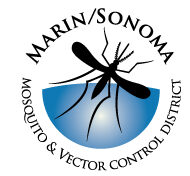This is a permanent position located in Richmond, CA at the California Department of Public Health’s laboratory campus. The position is funded by the California Department of Disease Control under the California Department of Public Health through an interagency agreement with University of California, Davis. This role reports to the UCD Center for Occupational and Environmental Health (COEH) in the Department of Public Health Sciences. The core activities of the COEH are to educate future leaders in occupational and environmental health, develop new knowledge, and bring the resources of the University of California to people affected by health hazards in their workplaces or communities. Under general direction of the the Vector-Borne Disease Section (VBDS) Supervising Public Health Biologist, this position works closely with the Vector-Borne Disease Section Public Health Biologists and laboratory staff. The VBDS laboratory supports statewide surveillance and control of vector-borne diseases such as endemic and emerging mosquito-borne arboviruses, Lyme disease, and plague. The VBDS laboratory tests arthropods such as ticks and fleas, as well as animal blood for vector-borne and zoonotic disease agents. The Assistant Microbiologist will work closely with the VBDS microbiologist to conduct serological and molecular assays to identify multiple vector-borne disease pathogens.
For more information and to apply: https://hr.ucdavis.edu/careers/apply?format=json&keywords=78004&Categorycategory_id=&MCampus=DV

 seasonal role may involve both fieldwork and support tasks related to mosquito and vector control, surveillance, and research, including disease prevention and public health initiatives. The position is full-time, seasonal, and not to exceed 1,500 hours per year.
seasonal role may involve both fieldwork and support tasks related to mosquito and vector control, surveillance, and research, including disease prevention and public health initiatives. The position is full-time, seasonal, and not to exceed 1,500 hours per year.